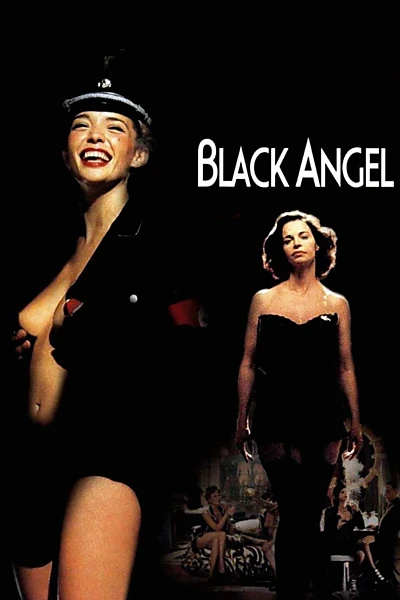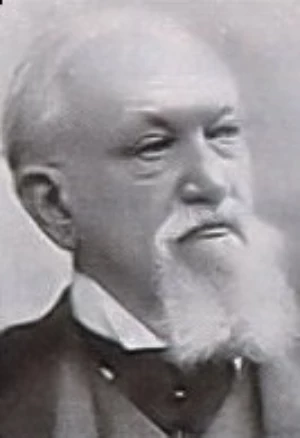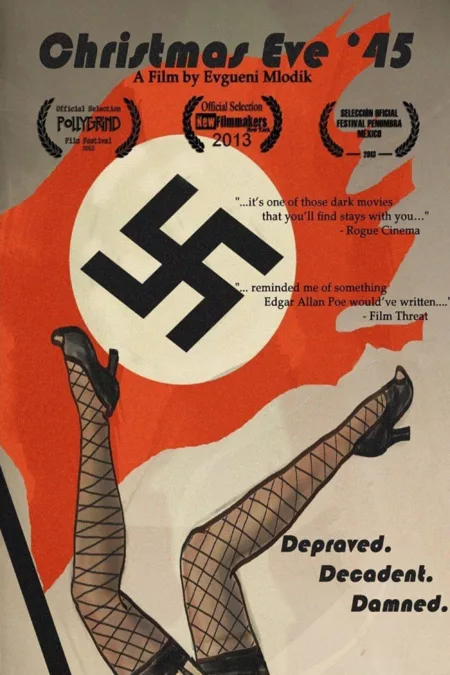Biography
(No Information)
Filmography
all 4
Movies 4
Writer 3
Novel / Idea / Story

Black Angel (2002)
Movie
6
Writer

Senso (1954)
Movie
Information
Known ForWriting
GenderMale
Birthday1836-10-30
Deathday1914-06-28 (77 years old)
Birth PlaceRome, Italy
FatherSilvestro Boito
CitizenshipsKingdom of Italy
This article uses material from Wikipedia.
Last updated:
 Camillo Boito
Camillo Boito- Filmography
- Information

